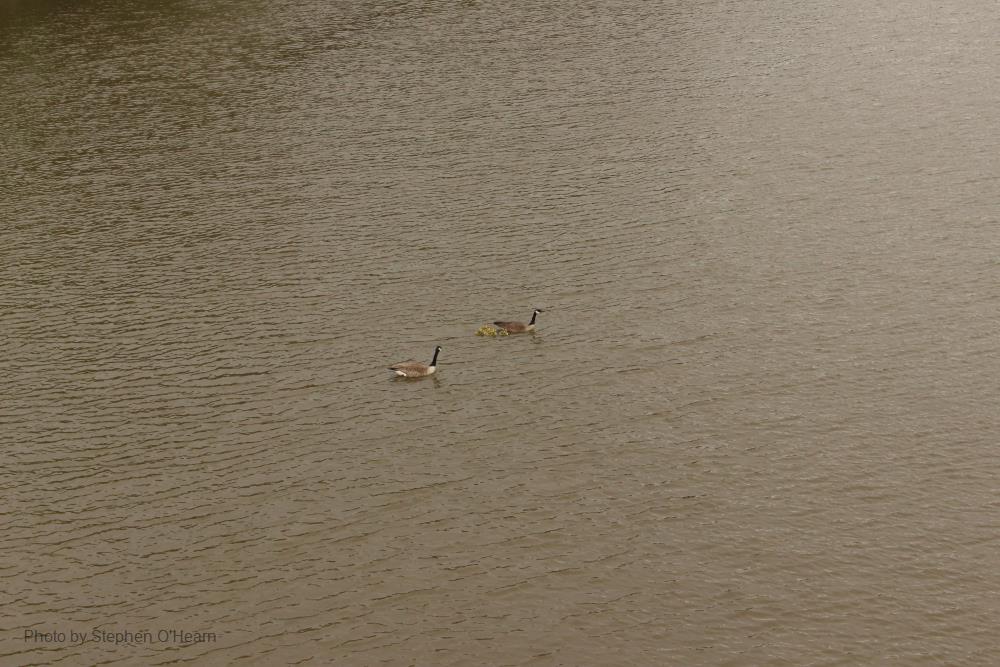
Related items loading ...
Section 1: Publication
Publication Type
Thesis
Authorship
Grewal, Arsh
Title
water and chemical cycling in permafrost underlain catchments
Year
2024
Publication Outlet
MacSphere Open Access Dissertations and Theses
DOI
ISBN
ISSN
Citation
Abstract
Circumpolar watersheds are experiencing rapid environmental changes due to anthropogenic warming, impacting northern ecosystems through altered precipitation regimes, shifting runoff pathways, and changes in streamflow chemistry often linked to permafrost thaw. Additionally, northern hydrology is highly seasonal, with long cold winters and short dynamic summers where hydrological and geochemical fluxes are strongly influenced by active layer thawing. This thesis presents unique hydrometric and hydrochemical data from multiple sites in Yukon Territory, Canada, employing new methods to understand the coupled movement of water and chemicals and the influence of cold region processes on their dynamics. This thesis utilizes synoptic sampling across seasons in Wolf Creek Research Basin to assess the role of seasonality on spatial patterns of flow and chemistry. Results show consistent spatial patterns in flow and chemistry across seasons, with increasing production of major ions and dissolved organic carbon (DOC) during high spring flows. However, chemistry covariance between sites was low, indicating asynchronous biogeochemical and hydrological processes across subcatchments. Stream chemistry across multiple seasons and diverse catchments in the Yukon Territory was also examined, where role of catchment characteristics on stream chemistry seasonality were assessed. Results reveal significant seasonal trends in major ions and DOC concentrations, driven by active layer thaw and soil organic carbon flushing during freshet. Catchments with steep topography and less extensive organic soils had lower average DOC concentrations but greater seasonal changes. Lastly, this thesis focuses on water storage, mixing, and release processes in two headwater catchments with continuous permafrost. A detailed hydrometric, meteorological, and stable isotope dataset was used to characterize water age dynamics. Mixing analysis and water balance results show that runoff was mostly snow water during freshet, with limited mixing with stored water. StorAge Selection frameworks indicate that evapotranspiration (ET) is composed of the youngest water, while discharge includes a greater proportion of previously frozen water during summer events. This research highlights the complexity of hydrological and biogeochemical processes in permafrost environments. Novel approaches and extensive seasonal sampling provide fresh insights into water and chemical cycling in cold catchments, informing our understanding of permafrost hydrology and guiding predictions on how northern catchments will respond to environmental change.
Plain Language Summary


 GWFNet
GWFNet Master
Master Research
Research Map
Map
 Advanced
Advanced . . .
. . .

 Metadata Editor
Metadata Editor
 Record List
Record List
 Alias List Editor
Alias List Editor
 Legacy sites
Legacy sites